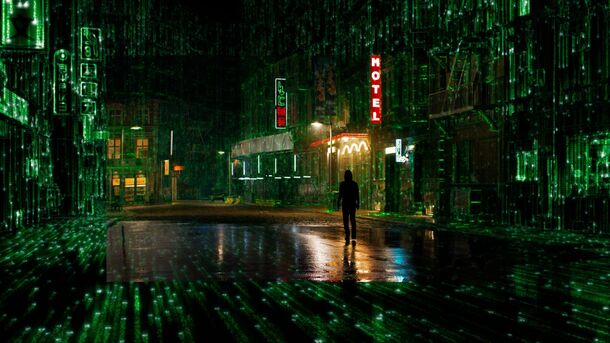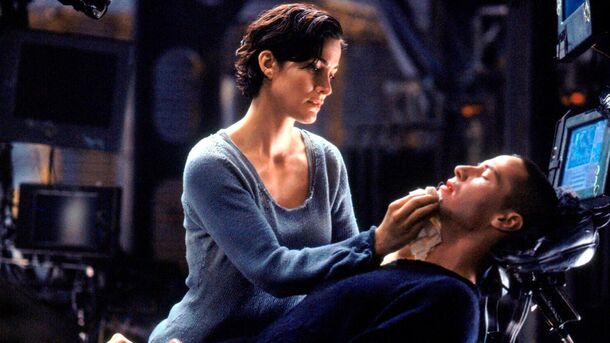And 25 years after the first movie’s release, there’s still little to no explanation for it.

The Matrix is still one of the most popular sci-fi franchises in the world, despite its already being 25 years old.
Maintaining the artificial reality in The Matrix consumed energy the machines lacked; keeping humans unconscious made more sense.
The Matrix’s original idea tackled this issue better as there, the machines needed humans’ brains active to use their computing capacity.
The Wachowskis’ The Matrix trilogy is among the most popular sci-fi franchises in the world, and for a good reason: it’s original setting and the ever-so-welcome presence of Keanu Reeves as its lead star cemented The Matrix’s status as a golden classic immediately upon the first movie’s release in 1999.
Despite The Matrix’s obvious charm and success, 25 years later, there’s still little to no viable explanation for its biggest logical plot hole — but no one seems to care.
The Matrix Plot Hole Questions the Machines’ Logic

To pacify said humans, machines created an alternative reality for them, where the world continued as it was before.
But here’s the issue: why would the machines create that reality in the first place?
Keeping their human batteries unconscious or in comas would have been much easier, and it would have completely removed the chance of someone realizing they lived in an artificial reality, like Neo did.
Furthermore, the alternative reality consumed an unfathomable amount of energy, and it’s not like the machines had it in excess.
There was no benefit in maintaining the fake virtual world on the machines’ part, and yet, they irrationally opted for this expensive and senseless option. Why?
The Matrix’s Original Idea Addressed This Issue Better

While keeping humans awake in an artificial reality makes no sense if their only purpose is being living batteries, it made perfect sense in the initial plan for the machines.
See, the machines were not supposed to use humans for energy. Originally, their reason for keeping humans in this aware delirious state was so that their brains would work at their usual capacity.
The machines would then use those brains’ computing power for bandwidth, increasing their own operational capacity.
In that case, the alternative reality made sense. But since the average viewer in 1999 was eventually deemed too ignorant to grasp this concept, the human batteries concept was used, instead — and The Matrix’s signature artificial reality was kept because otherwise, there would have been no way to explain Neo’s awakening.